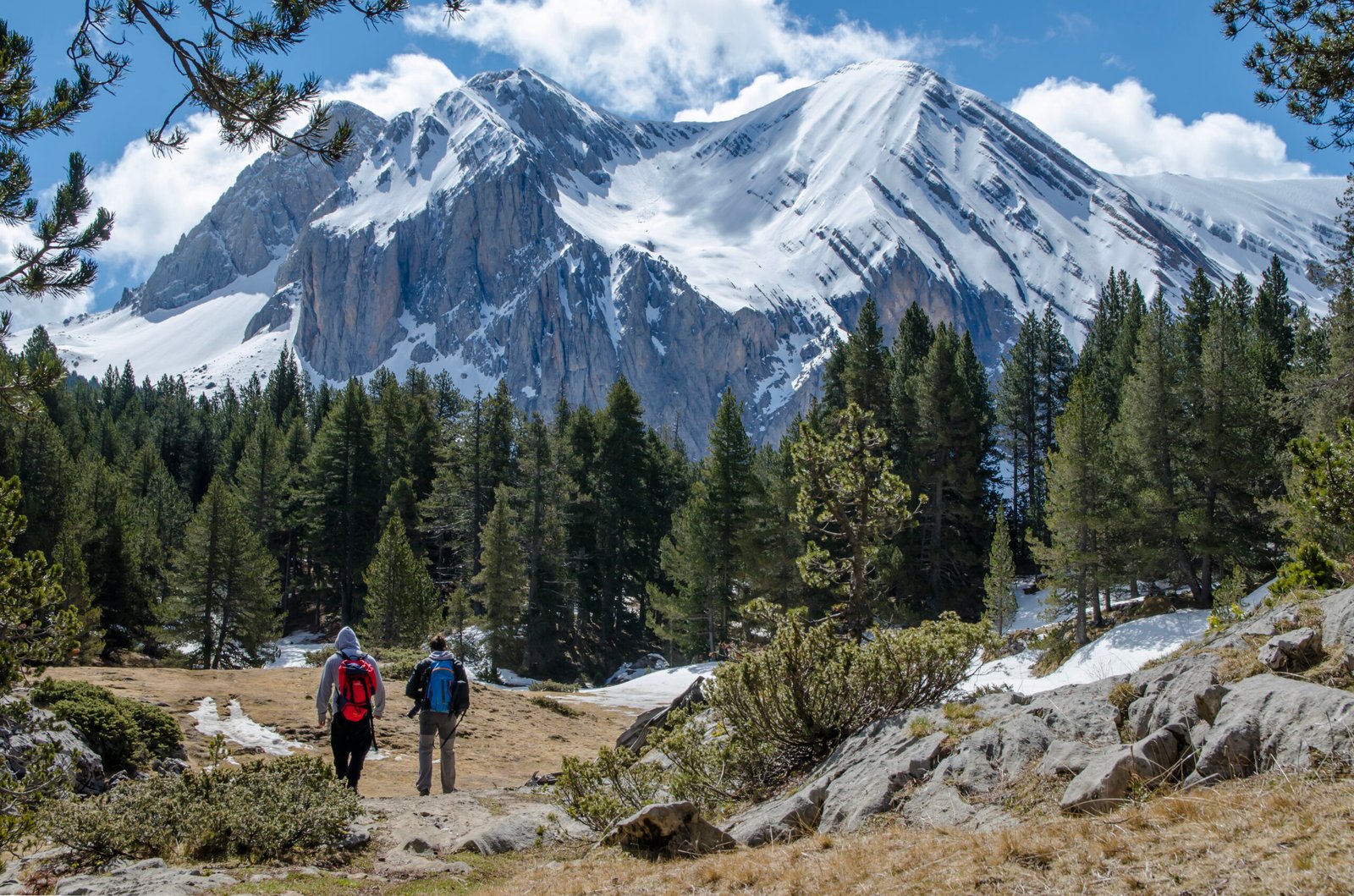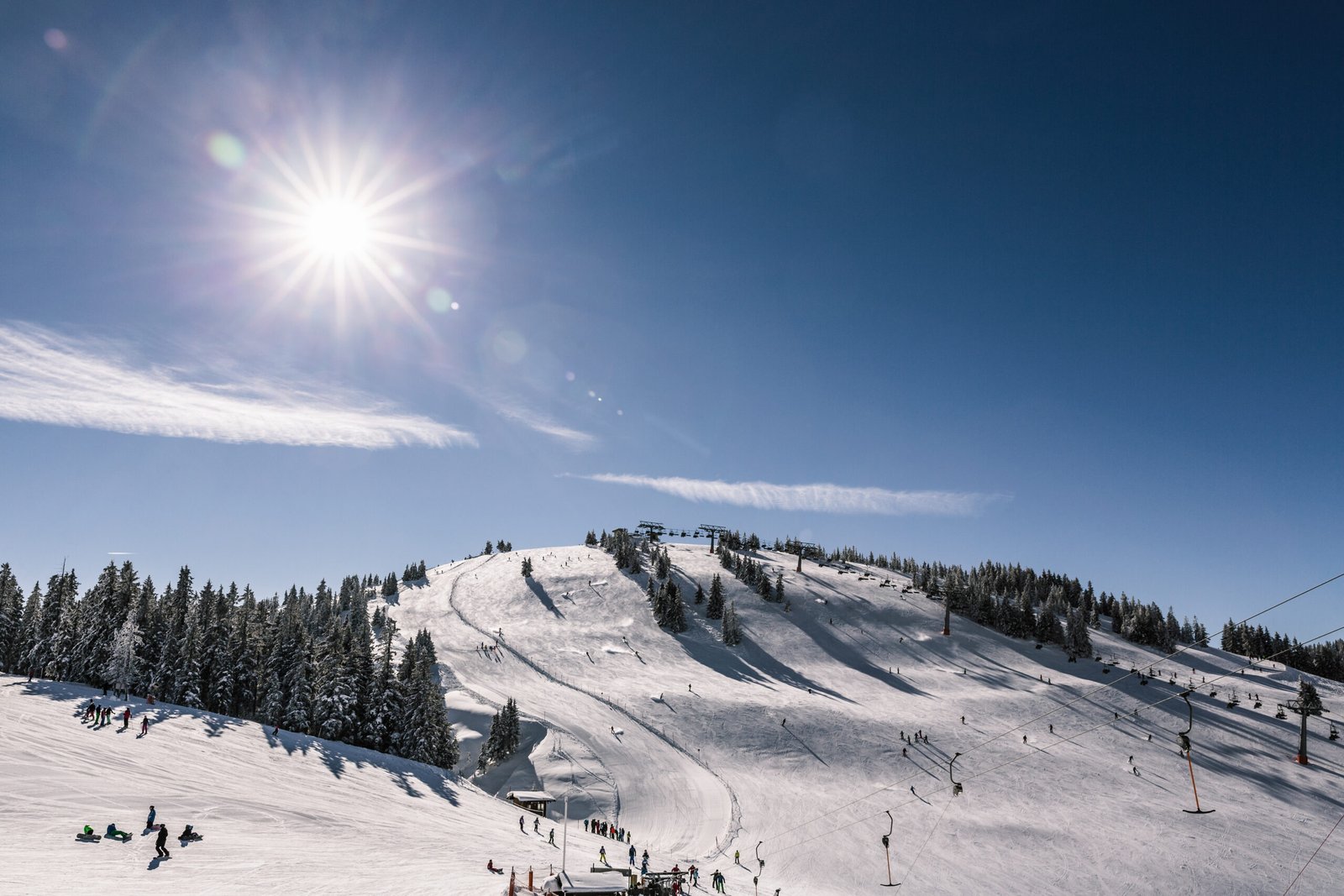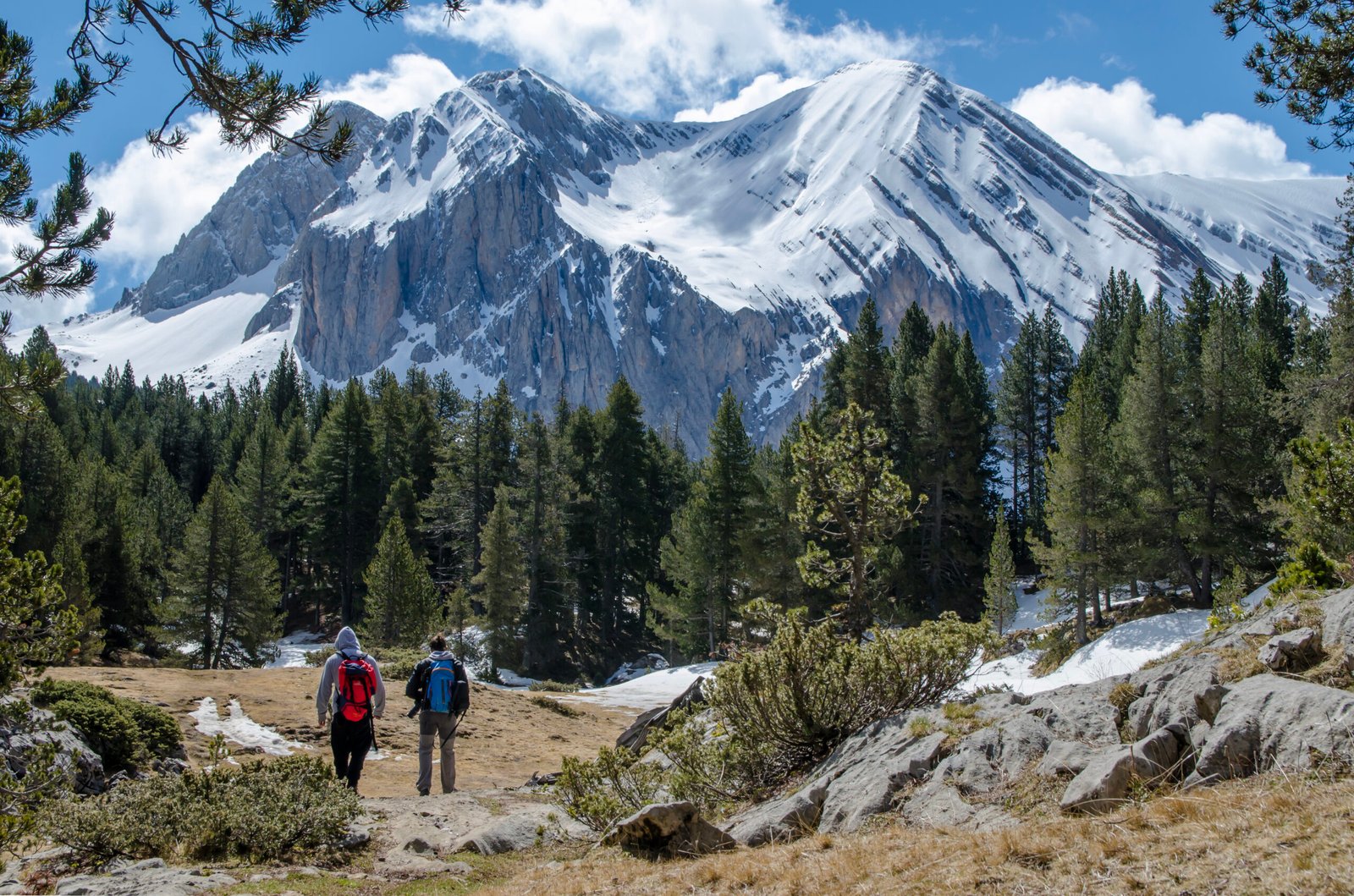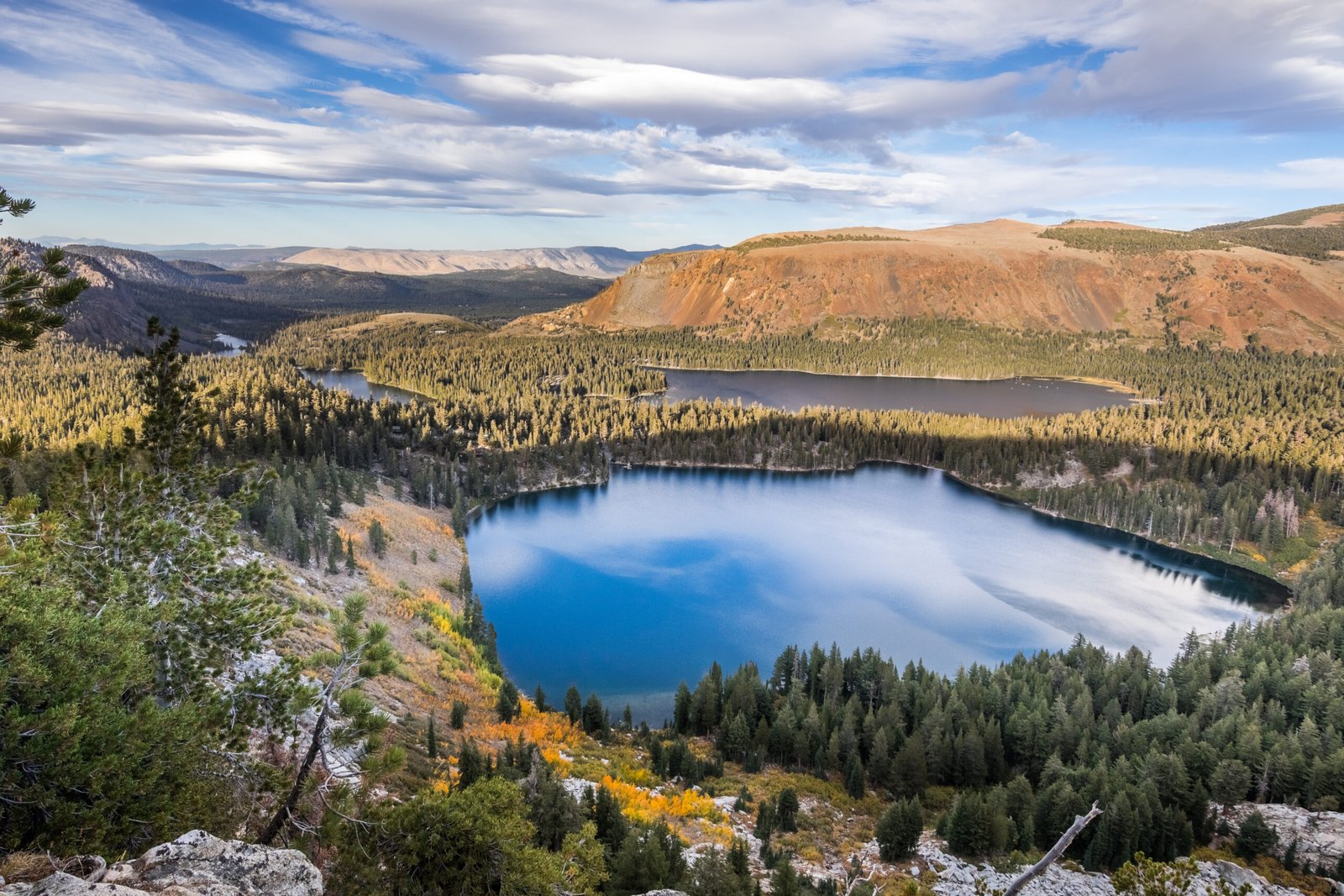Standing at 11,053 feet above sea level, Mammoth Mountain beckoned to me like a siren call…
Mammoth Mountain Altitude Adjustment Guide: Preparing Your Body for High-Elevation Adventures
With 20 years of mountain safety expertise, we understand the unique challenges that await you at Mammoth Mountain’s impressive elevations. From the base at 7,953 feet to the summit at 11,053 feet, proper altitude preparation transforms potential struggles into unforgettable adventures.
Understanding Mammoth’s Elevation Challenge
Mammoth Mountain presents a rapid elevation gain that catches many visitors off-guard. Unlike gradual mountain ascents, you’ll experience significant altitude changes within minutes via lifts and gondolas. The thin air contains approximately 25% less oxygen at the summit compared to sea level, demanding respect and preparation.
Key Elevation Zones:
- Base Lodge: 7,953 feet
- Mid-Mountain: 9,000-10,000 feet
- Summit: 11,053 feet
Pre-Arrival Preparation: Your 14-Day Success Plan
Weeks 2-3 Before Arrival
Cardiovascular Foundation Building Start with 30-minute daily cardio sessions. Focus on activities that elevate your heart rate: brisk walking, cycling, or swimming. Your body needs time to develop the cardiovascular efficiency required for high-altitude performance.
Hydration Protocol Initiation Begin drinking 3-4 liters of water daily. Proper hydration starts weeks before your trip, not the day you arrive. Track your intake using a marked water bottle or hydration app.
Week 1 Before Arrival
Iron and B-Vitamin Supplementation Consult your physician about iron supplements to optimize oxygen-carrying capacity. B-vitamins support energy metabolism at altitude. Never start new supplements without medical approval.
Sleep Schedule Adjustment Altitude affects sleep quality. Establish consistent 8-hour sleep patterns before arrival to give your body the best foundation for altitude adaptation.
Download Our Pre-Trip Checklist
Your First 72 Hours: Critical Acclimatization Timeline
Day 1: Gentle Introduction
Morning Arrival Strategy Arrive in the morning to maximize daylight adjustment time. Spend your first day at base elevation only. Resist the urge to immediately head to higher elevations, regardless of your excitement level.
Recommended Activities:
- Village exploration and equipment rental
- Light walking around base facilities
- Hydration focus: 1 liter every 2 hours
Warning Signs to Monitor:
- Headache intensity beyond mild discomfort
- Nausea or loss of appetite
- Unusual fatigue or dizziness
Day 2: Gradual Elevation Exposure
Mid-Mountain Introduction Take the gondola to mid-mountain elevations (9,000 feet) for 2-3 hours maximum. Engage in light activities: scenic viewing, gentle walking, or beginner-friendly slopes.
Descent Protocol Return to base elevation for meals and overnight accommodation. This sleep-low, play-high strategy accelerates acclimatization while minimizing risks.
Day 3: Extended High-Altitude Exposure
Summit Preparation If you’ve experienced no significant altitude symptoms, consider brief summit visits. Limit exposure to 1-2 hours initially, focusing on observation rather than strenuous activity.
Activity-Specific Altitude Guidelines
Skiing and Snowboarding
Beginner Recommendations: Start with green runs at base elevation regardless of your sea-level skill level. Altitude affects balance, reaction time, and endurance significantly.
Advanced Athletes: Even experienced skiers should reduce intensity by 30% during the first three days. Your muscle memory remains, but your oxygen delivery system needs adjustment time.
Equipment Considerations:
- Ensure proper goggle fit (facial swelling common at altitude)
- Layer clothing systems for rapid weather changes
- Carry emergency whistle and location beacon
Book Altitude-Adapted Ski Lessons
Hiking and Mountain Biking
Trail Selection Strategy:
- Days 1-2: Base elevation trails only
- Days 3-4: Mid-elevation with frequent rest stops
- Day 5+: Higher elevation adventures with proper preparation
Pacing Protocol: Reduce your normal pace by 40-50% initially. Take 1-minute rest breaks every 10 minutes of activity during your first week.
Family Activities with Children
Special Considerations for Young Adventurers: Children adapt to altitude differently than adults. Watch for increased irritability, sleep disruption, or appetite changes – these often precede more serious symptoms.
Recommended Family Timeline:
- Day 1: Village activities, equipment familiarization
- Day 2: Short gondola rides with immediate descent options
- Day 3+: Gradual activity increases based on individual responses
Nutrition and Hydration: Your High-Altitude Fuel Strategy
Hydration Excellence
The 4-3-2-1 Rule:
- 4 liters daily for active adults
- 3 additional cups for every hour of activity
- 2 electrolyte drinks minimum per day
- 1 extra liter for every 1,000 feet above 8,000 feet
Hydration Quality Indicators: Monitor urine color – aim for pale yellow. Dark urine indicates dangerous dehydration at altitude.
Nutritional Optimization
Carbohydrate Priority Increase carbohydrate intake to 60-70% of total calories. Your body processes carbs more efficiently than fats or proteins at altitude.
Iron-Rich Food Focus:
- Lean red meat and poultry
- Dark leafy greens and legumes
- Fortified cereals and dried fruits
Foods to Limit:
- Alcohol (increases dehydration and altitude sickness risk)
- Excessive caffeine (can mask altitude symptoms)
- High-sodium processed foods
Access Our High-Altitude Meal Plans
Recognizing and Managing Altitude Sickness
Mild Altitude Sickness (AMS)
Common Symptoms:
- Headache (most universal symptom)
- Fatigue and weakness
- Nausea or loss of appetite
- Sleep disturbances
Management Protocol:
- Stop ascending immediately
- Increase hydration and rest
- Consider over-the-counter pain relief
- Monitor symptoms for 24 hours
Serious Warning Signs
Seek Immediate Medical Attention:
- Severe headache unresponsive to medication
- Vomiting or inability to keep fluids down
- Confusion or altered mental state
- Difficulty breathing at rest
- Loss of coordination
Emergency Descent Protocol: Descend immediately if symptoms worsen or don’t improve within 24 hours. No mountain adventure is worth serious health risks.
Special Considerations for High-Risk Groups
Seniors and Health-Conscious Visitors
Pre-Trip Medical Consultation Schedule physician visits 4-6 weeks before travel to discuss:
- Current medication adjustments
- Altitude sickness prevention medications
- Emergency action plans
Modified Activity Approach
- Extend acclimatization timeline to 5-7 days
- Choose lower-intensity activities initially
- Maintain flexible itineraries for rest days
Visitors with Pre-Existing Conditions
Heart Conditions: Altitude increases heart rate and blood pressure. Carry prescribed medications and emergency contact information.
Respiratory Issues: Asthma and COPD symptoms may worsen at altitude. Bring extra inhalers and consider supplemental oxygen consultation.
Diabetes Management: Blood sugar regulation changes at altitude. Monitor levels more frequently and adjust medication timing as needed.
Connect with Mountain Medical Services
Weather and Environmental Factors
Extreme Weather Preparation
Mammoth’s high elevation creates rapidly changing weather conditions. Temperature drops approximately 3.5°F per 1,000 feet of elevation gain.
Essential Weather Monitoring:
- Check forecasts every 6 hours
- Understand wind chill factors at elevation
- Recognize signs of incoming storms
Layering System Mastery:
- Base layer: Moisture-wicking synthetic or merino wool
- Insulating layer: Down or synthetic insulation
- Shell layer: Waterproof, breathable protection
UV Protection at Altitude
Increased UV Exposure: UV radiation increases 4-5% per 1,000 feet of elevation. Snow reflection doubles exposure risk.
Protection Protocol:
- SPF 30+ sunscreen, reapplied every 2 hours
- UV-blocking sunglasses and goggles
- Wide-brimmed hats or helmet coverage
- Lip balm with sun protection
Emergency Preparedness and Resources
Communication and Navigation
Essential Emergency Items:
- Fully charged cell phone with offline maps
- Emergency whistle and signaling mirror
- GPS device or smartphone GPS app
- Emergency contact information card
Limited Medical Facilities Mammoth’s remote location means limited immediate medical access. The nearest major hospital is 45 minutes away under ideal conditions.
Emergency Action Plan
Step-by-Step Protocol:
- Assess the situation – injury vs. altitude sickness
- Call 911 or Mammoth Mountain Patrol immediately
- Provide precise location using trail markers or GPS coordinates
- Stay calm and warm while awaiting assistance
- Document symptoms and timeline for medical personnel
Save Emergency Contacts to Your Phone
Maximizing Your High-Altitude Adventure
Advanced Acclimatization Techniques
Sleep-Low, Play-High Strategy Stay at the lowest comfortable elevation for sleeping while enjoying higher elevation activities during the day. This approach accelerates adaptation while minimizing risks.
Breathing Exercises Practice deep breathing techniques:
- 4-7-8 breathing: Inhale 4 counts, hold 7, exhale 8
- Box breathing: Equal counts for inhale, hold, exhale, hold
- Altitude breathing: Slower, deeper breaths with extended exhales
Performance Optimization
Gradual Intensity Increases Week 1: 60% of normal intensity Week 2: 75% of normal intensity
Week 3+: 90-100% of normal intensity
Recovery Enhancement
- Extend rest periods between activities
- Prioritize sleep quality and duration
- Include active recovery days in your schedule
Long-Term Altitude Adaptation
Extended Stay Benefits
Physiological Changes Timeline:
- Days 1-3: Initial acclimatization responses
- Week 1: Increased red blood cell production begins
- Weeks 2-4: Significant cardiovascular adaptations
- Month 1+: Full altitude adaptation achieved
Maintaining Fitness Gains Altitude adaptations provide sea-level performance benefits for 2-4 weeks after returning home. Consider timing important athletic events accordingly.
Ready to conquer Mammoth Mountain safely and confidently? Your high-altitude adventure awaits with proper preparation and respect for the mountain’s unique challenges.a
Through expert planning and comprehensive preparation, we help you build the foundation for unforgettable mountain experiences. Let’s prepare for your dream mountain adventure together!
Start Your Altitude Preparation Plan Today
Disclaimer: This guide provides general information and should not replace professional medical advice. Consult healthcare providers before high-altitude travel, especially with pre-existing medical conditions.




